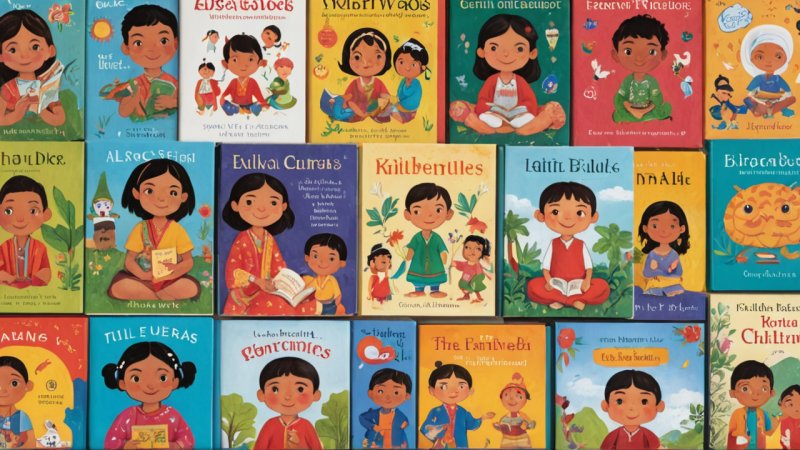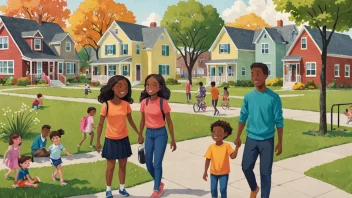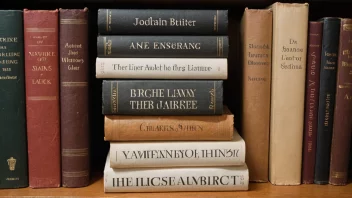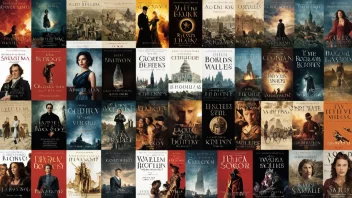In an increasingly interconnected world, it’s vital for children to explore literature that reflects the rich tapestry of cultures around them. This article will introduce you to must-read children’s books that celebrate diversity, encouraging young readers to embrace different perspectives and experiences. You will learn about various titles, their cultural significance, and how to incorporate them into your reading routine.
Step 1: Discover a Range of Cultures
Begin your journey by familiarizing yourself with the diverse cultures represented in children's literature. Here’s how:
- Research: Look up literature from various regions such as Africa, Asia, Latin America, and Indigenous cultures.
- Engage with Communities: Connect with local cultural organizations or libraries that may have recommendations.
- Explore Online Resources: Use websites dedicated to multicultural literature for children, which often include book lists and reviews.
Step 2: Select Key Titles
Once you’ve gathered information on different cultures, it’s time to select books that resonate. Here are some recommended titles:
- The Name Jar by Yangsook Choi: A story about a young girl from Korea who struggles with her name in a new environment.
- Last Stop on Market Street by Matt de la Peña: This beautifully illustrated book explores urban life through the lens of a young boy and his grandmother.
- Inside Out and Back Again by Thanhha Lai: A poignant tale of a Vietnamese girl adapting to life in America after the Vietnam War.
- All Are Welcome by Alexandra Penfold: A celebration of diversity and inclusion, showcasing children from various backgrounds coming together in school.
- Abuela by Arthur Dorros: A heartwarming story about a young girl’s adventures with her grandmother, highlighting the beauty of Hispanic culture.
Step 3: Create a Reading Plan
Developing a structured reading plan will help you and your child enjoy these diverse stories. Here’s how to create one:
- Choose a Theme: Decide if you want to focus on one culture at a time or mix different ones each month.
- Schedule Reading Sessions: Set aside a specific time each week for reading together.
- Discuss the Books: After reading, engage your child in discussions about the themes, characters, and cultural insights presented in the stories.
Step 4: Encourage Open Dialogue
Encouraging conversations about the books will deepen understanding and appreciation. Follow these tips:
- Ask Questions: Pose open-ended questions about the book’s cultural elements, such as “What did you learn about this culture?”
- Share Personal Stories: Relate themes from the book to your own experiences or those of your family to make connections.
- Invite Guest Readers: If possible, invite friends or family from different backgrounds to share their favorite books and perspectives.
Step 5: Extend Learning Beyond the Books
Encourage your child to explore the cultures represented in the books further:
- Cooking Together: Try recipes from the cultures featured in the books, allowing your child to taste and learn.
- Attend Cultural Events: Look for local festivals, workshops, or exhibits that celebrate different cultures.
- Follow Up with Related Media: Watch documentaries, listen to music, or view films that relate to the stories you’ve read.
By taking these steps, you can create a rich reading experience that not only fosters a love for literature but also opens up your child to the beauty of diversity.
In summary, to cultivate a love for diverse children’s literature, start by discovering different cultures, select key titles, create a reading plan, encourage open dialogue, and extend learning beyond the books. These steps will not only enhance your child’s reading experience but also help them develop empathy and understanding for others.






